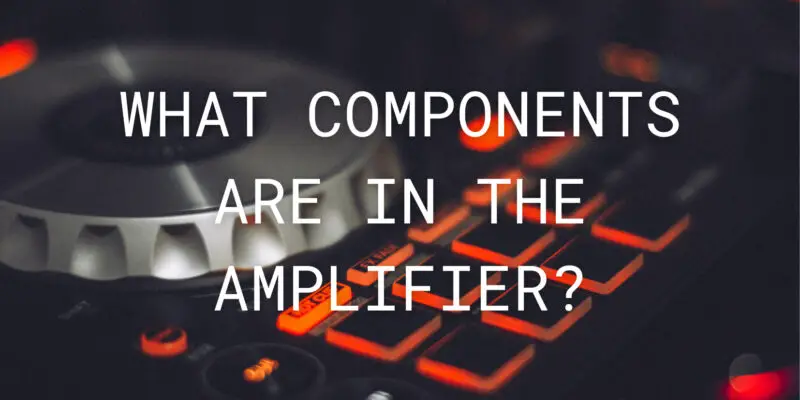Guitar amplifiers are the magic boxes that transform the faint vibrations of guitar strings into powerful, ear-pleasing sound waves. Inside these amplifiers, a variety of components work together to shape and amplify your guitar’s tones. In this article, we’ll take a journey through the essential components found inside a guitar amplifier and explore how they contribute to the amplifier’s sonic wizardry.
- Input Jack:
- Guitar Connection: The input jack is where you plug in your electric guitar. It’s the starting point for your guitar’s signal to enter the amplifier.
- Preamplifier (Preamp):
- Tone Shaping: The preamp is responsible for shaping the initial tone of your guitar. It adjusts the bass, midrange, and treble frequencies and often includes gain or distortion controls for adding overdrive or distortion to your sound.
- Tone Controls:
- Equalization: Tone controls, including bass, midrange, and treble knobs, allow you to fine-tune your guitar’s sound. Adjusting these controls alters the balance of frequencies, helping you achieve your desired tone.
- Gain/Volume Control:
- Amplification: The gain or volume control determines how much the preamp amplifies your guitar’s signal. This control affects the overall loudness and level of distortion in your sound.
- Effects Loop:
- Signal Routing: Some amplifiers feature an effects loop, allowing you to insert external effects pedals into the amplifier’s signal chain. This enables you to apply effects like delay, reverb, or modulation after the preamp stage.
- Power Amplifier (Power Amp):
- Signal Boost: The power amplifier takes the preamp’s signal and further amplifies it to a level suitable for driving the amplifier’s speakers. This stage significantly contributes to the overall volume of the amplifier.
- Master Volume Control:
- Overall Loudness: The master volume control adjusts the amplifier’s output volume. It allows you to control the overall loudness of the amplifier without affecting the preamp gain.
- Speaker Output:
- Connect to Speakers: The speaker output connects the amplifier to the internal speaker(s) or external speaker cabinets. It’s where the amplified sound is ultimately projected.
- Speaker(s):
- Sound Projection: The speaker is a vital component responsible for converting electrical signals into audible sound waves. Amplifiers can have various speaker configurations, including single or multiple speakers.
- Power Supply:
- Electrical Power: The power supply provides the necessary electrical power to operate the amplifier. It converts the incoming AC power into the DC power needed for the amplifier’s components.
- Rectifier (if applicable):
- Converts AC to DC: In amplifiers with tube rectifiers, this component converts alternating current (AC) into direct current (DC) to power the amplifier’s circuits.
- Tubes (Vacuum Tubes/Valves):
- Tone Shaping and Amplification: In tube amplifiers, vacuum tubes (often referred to as valves) play a crucial role in amplifying the guitar signal and imparting a unique warm and harmonic tone to the sound.
- Transistors (if applicable):
- Solid-State Amplification: In solid-state amplifiers, transistors are used instead of tubes for amplification. They are known for their durability and efficiency.
Conclusion:
Inside a guitar amplifier, these components work in harmony to transform your guitar’s raw signal into a beautifully amplified sound. Whether you’re exploring the warm tones of a tube amplifier or the efficiency of a solid-state design, understanding the roles of these components can help you make informed choices when selecting an amplifier that suits your playing style and preferences. The magic of music truly comes alive within the intricate circuitry of these sonic machines.

